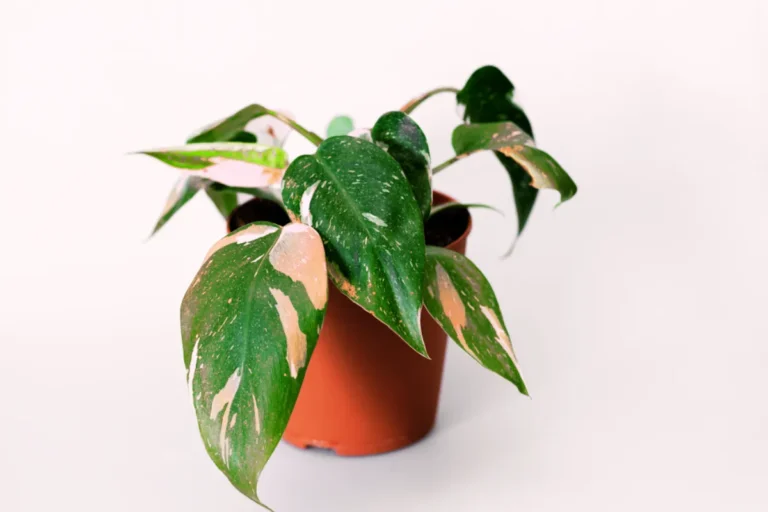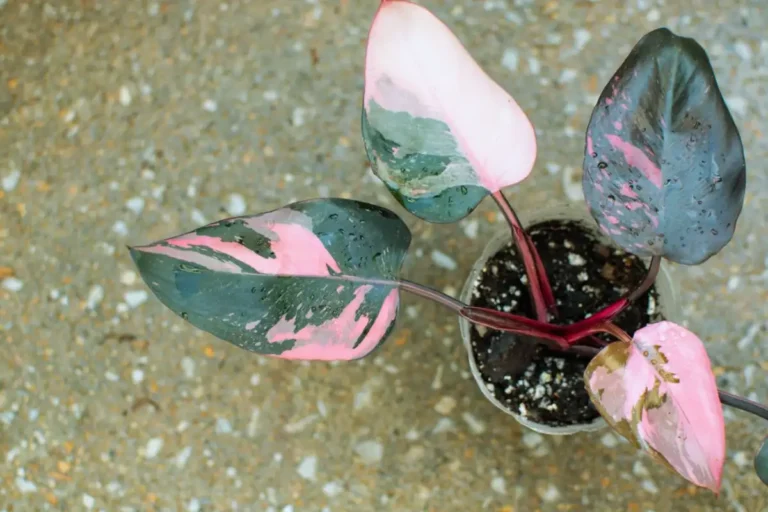Is Pink Princess Philodendron Toxic to Pets and Humans?
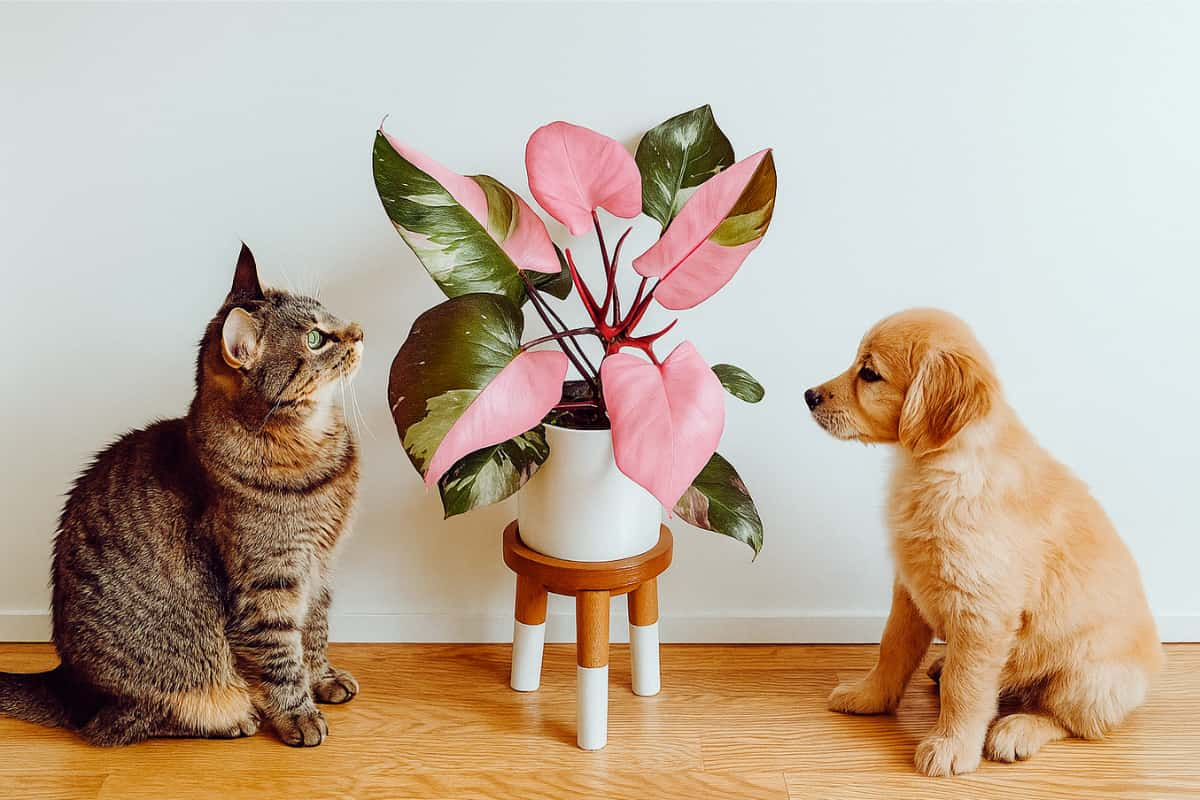
Are you worried about your curious pets nibbling on your beloved Pink Princess Philodendron and falling sick? Or perhaps you’re a parent concerned about whether this stunning plant is safe for your little ones? Have you ever wondered what makes this plant toxic and how it might affect your household? If these questions are on your mind, this blog is here to give you the clarity and answers you need. From understanding the toxic components to learning how to keep your pets and family safe, we’ve got you covered!
Quick Answer
The Pink Princess Philodendron is toxic to cats, as noted by the ASPCA. If your cat chews on it, they may experience mouth irritation, drooling, vomiting, and trouble swallowing, so it’s best to keep the plant out of their reach.
What Makes Pink Princess Philodendron Toxic?
The Pink Princess Philodendron is toxic due to the presence of calcium oxalate crystals. These tiny, sharp, needle-like structures act as a natural defense mechanism for the plant. When the plant is chewed or broken, these crystals are released, causing irritation to the tissues they come into contact with.
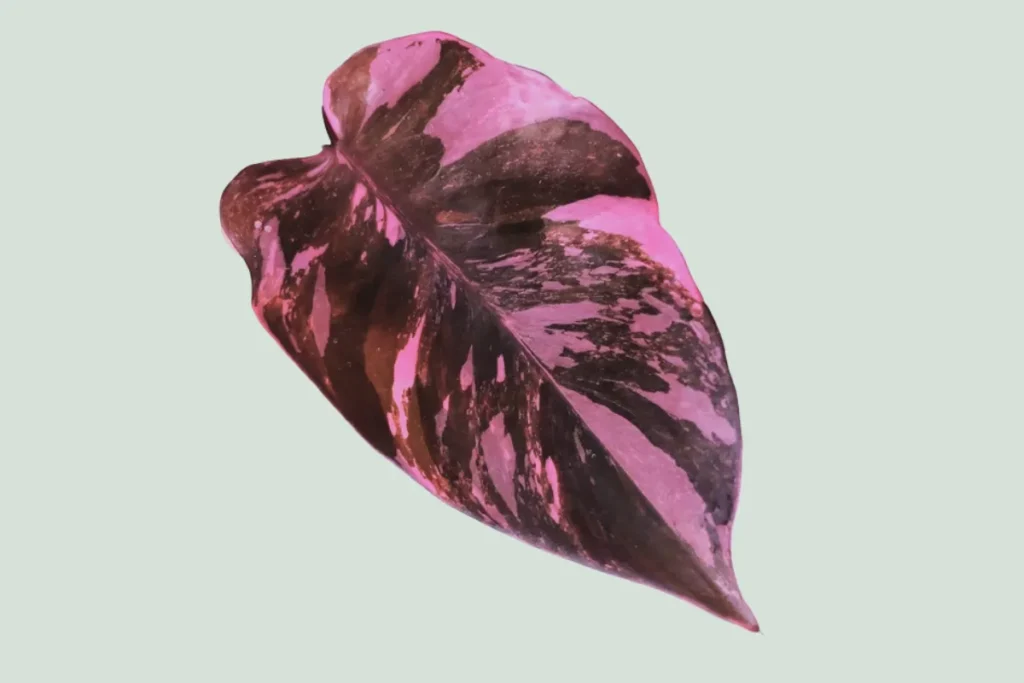
The primary component, calcium oxalate, binds with calcium in the body, disrupting normal cellular processes. These crystals are insoluble, meaning they don’t dissolve easily, which is why they can cause immediate physical discomfort. This natural toxicity helps the plant deter herbivores in its natural environment.
How Toxic Is the Pink Princess Philodendron to Pets?
The Pink Princess Philodendron is toxic to pets, including cats, dogs, and other small animals. It contains calcium oxalate crystals, which can cause pain and irritation when ingested or chewed.
are Pink Princess Philodendron Poisonous to cats?
When a dog chews on the Pink Princess Philodendron, the calcium oxalate crystals are released into the mouth. This causes immediate irritation and pain in the mouth and throat. If the plant is swallowed, it moves to the stomach, causing vomiting, nausea, and difficulty swallowing. In most cases, symptoms are mild, but large amounts can cause more severe discomfort and require veterinary attention.
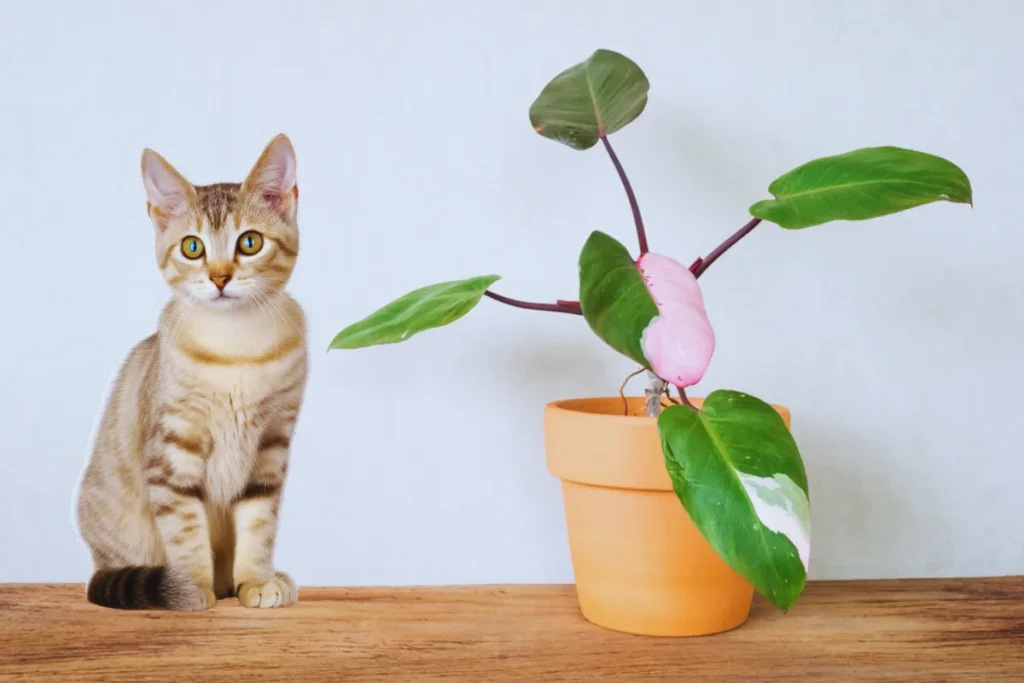
are Pink Princess Philodendron Poisonous to Dogs?
When a cat chews or eats the Pink Princess Philodendron, the calcium oxalate crystals irritate the mouth. The plant’s toxins cause swelling and pain, which can make swallowing difficult. If ingested, the toxins move to the digestive system, causing vomiting and nausea. Severe reactions, including lethargy or breathing issues, can occur if a large amount is consumed.
Other Pets
Small pets like rabbits and guinea pigs, as well as birds, may suffer similar symptoms if they chew on the plant. Always keep the plant out of reach of all pets to avoid potential harm.
Symptoms of Pink Princess Philodendron Poisoning in Pets
If you notice any of these symptoms, contact your veterinarian immediately. Quick treatment can help your pet recover from going to serious Condition.
What Happens If a Child Eats a Pink Princess Philodendron?
If a child eats any part of the Pink Princess Philodendron, they may experience painful irritation in the mouth, throat, and stomach due to the plant’s calcium oxalate crystals. These sharp crystals cause an immediate burning sensation, leading to discomfort and swelling.
The child may feel nauseous, and vomiting can occur as their body attempts to rid itself of the toxins. Although the reaction is rarely life-threatening, it can cause significant distress.
Symptoms of Pink Philodendron Poisoning in Children
If your child shows any of these symptoms, it’s crucial to seek medical advice immediately. Quick action will help ensure they receive the necessary care to minimize discomfort and avoid further complications.
What to Do If Your Pet or Child Ingests the Plant
If your curious toddler chews a leaf while playing. After rinsing their mouth and noticing mild swelling, you call poison control. With their guidance, you’re reassured it’s manageable at home but ready to visit the doctor if symptoms worsen.
Preventive Measures for Pet Owners and Parents
A cat owner places their Pink Princess Philodendron on a high shelf but notices their cat’s attempts to climb. They use a citrus spray deterrent and redirect the cat’s attention with a catnip toy, ensuring both their pet and plant coexist safely.
Can You Keep a Pink Plant If You Have Pets or Kids?
When you have pets or kids, balancing safety and aesthetics can feel tricky, but it’s entirely possible. A family with a playful dogs and cats placed their Pink Princess Philodendron on a floating shelf in their living room. They added a few pet-safe plants at ground level, satisfying the dog’s curiosity and keeping the household both safe and stylish.
With a little creativity and planning, you can maintain a beautiful home that’s safe for everyone—kids, pets, and plants included.
The Trend of Toxic Houseplants in Modern Homes
Why do people continue to choose plants like the Pink Princess Philodendron despite the risks? A plant enthusiast with a small apartment chose the Pink Princess for its compact size and bold look. They placed it in a hanging planter in their bedroom, far from their curious dog, proving that love for beautiful plants can coexist with thoughtful safety practices.
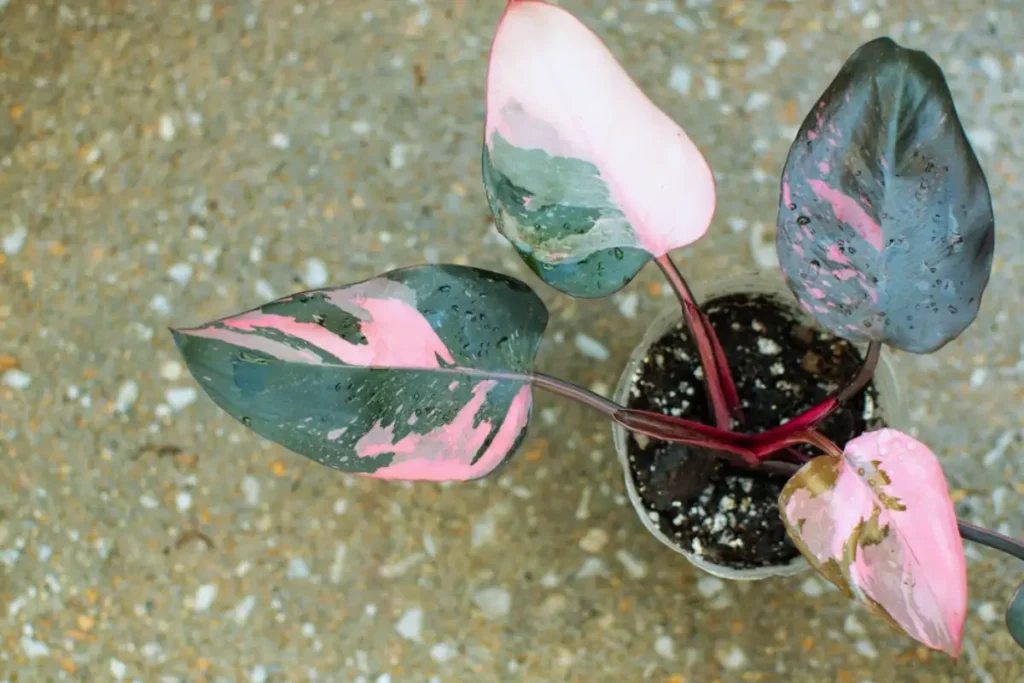
Ultimately, the trend reflects a desire for beauty, rarity, and a connection to nature. By making informed decisions, plant lovers can embrace these trends while keeping their homes safe.
Final Thoughts
We understand the concerns that come with owning a plant like the Pink Princess Philodendron. With the right precautions, you can confidently enjoy its beauty without unnecessary risks. We are here to guide you every step of the way. Whether you’re a seasoned plant parent or new to the world of houseplants, you can trust us to provide accurate, practical, and trustworthy advice. Together, let’s create a home where plants, pets, and people can thrive harmoniously. Thank you for trusting us as your source for guidance—we look forward to helping you on your plant journey!



